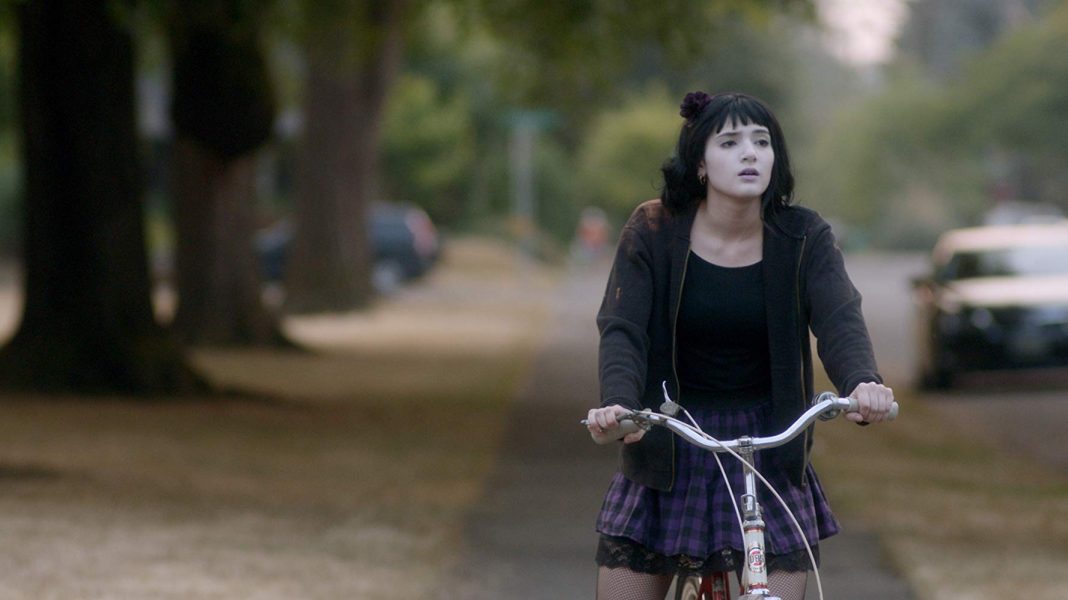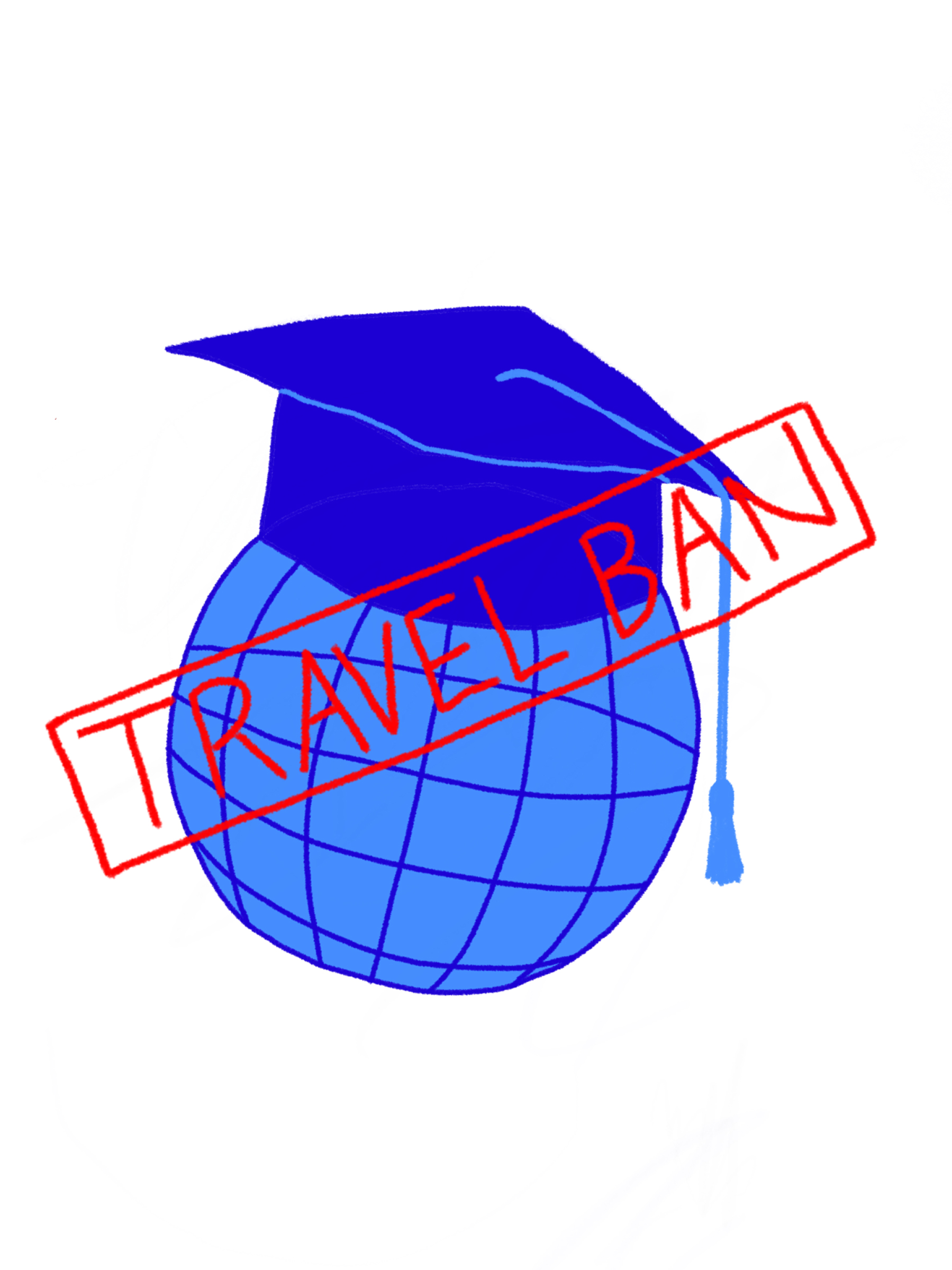Jane Eisner
In any public endeavor, there is the ideal, and then there is the reality.
Amy Reed represents the ideal. The 19-year-old Temple University sophomore from Allentown, Pa., takes a 15-minute subway ride to a South Philadelphia Buddhist Temple once a week to help older Vietnamese immigrants learn English and prepare for citizenship.
She’s become close to one man in particular, who was imprisoned after the Vietnam War and forbidden to speak English before he finally made it to these shores. His stories – about war, communist oppression and now the challenges of adapting to a strange culture – have lodged deep in Reed’s consciousness.
“I’ve grown more through this experience than through anything I’ve encountered in school,” she said. For her time and effort, Reed is paid $7 an hour. Twenty-five percent of that comes from the university. The other 75 percent is from you and me – part of the more than $1 billion of federal money doled out each year to one million work-study students across the nation.
The program was begun in 1965 to “encourage students receiving federal student financial aid to participate in community service activities that will benefit the nation and engender in the students a sense of social responsibility and commitment to the community.” But as I said, Amy Reed is the ideal.
The reality is this: Only a fraction of the nation’s colleges and universities comply with the spirit of the law – and some not even with the letter. Neither the bureaucrats in Washington, nor the administrations of many institutes of higher education, have seemed to care.
Instead, most work-study students shelve library books, file papers, hand out gym equipment or spoon out cafeteria food, providing a steady source of cheap labor on college campuses. Some even work in private companies off campus. Useful jobs, sure, but that’s not the highest and best use of federal money originally aimed at community service and civic learning.
Fortunately, Sens. John McCain, R-Ariz., and Evan Bayh, D-Ind., are trying to bring this program back to basics. Right now, a paltry 7 percent of each college’s work-study jobs must be in community service. (That minimum was only 5 percent until last year.) In legislation introduced last month, McCain and Bayh want to raise the floor to 25 percent and aggressively monitor a system that now would get an F for efficiency and enforcement. Their efforts were given a boost this month by that most powerful of public instruments: exposure.
The feisty Washington Monthly magazine teamed up with Northwestern University’s Medill School of Journalism to sift through the federal records of just about every college and university in the country and published the results.
“What the numbers show,” wrote Joshua Green, “is that when it comes to community service, the nation’s best schools perform the worst.”
Green and his colleagues found that during the 1999-2000 school year many top-notch, well-endowed schools fell below the national average of 11.8 percent and some barely squeaked by the 5 percent minimum. The new McCain-Bayh standard would be as much of a stretch as sending Forrest Gump to Princeton.
Certainly, Princeton thinks so.
“McCain’s proposal would be devastating, frankly,” said Robert Cunningham, director of student employment. His argument is as follows: Since Princeton isn’t an urban campus, there aren’t many service opportunities nearby. Transportation is an issue. And there’s nothing the university can do to encourage students to work tutoring a child rather than stacking library books.
But his argument doesn’t follow. Rider University, just a few miles away in Lawrenceville, Pa., reported that it spent 19.1 percent of its work-study funds in community service in 1999-2000, compared to Princeton’s 6.1 percent. How? In part by having students work in a tutoring program brought to the Rider campus from a nearby community.
And plenty of schools encourage students to work in community agencies by using a well-tested incentive: money. Lincoln University pays $2.50 an hour more for off-campus service jobs – and throws in a little extra for transportation. Still, it doesn’t overcome some built-in obstacles: Lincoln’s rural location in southern Chester County, Pa., means there’s not a lot of service work available or accessible.
“Lincoln is looking to do more community service than we’ve done in the past,” said William B. Bynum Jr., vice president of student affairs and enrollment management. “But I don’t think that at any point we’d reach the 25 percent proposed.”
This is why rural schools such as Lincoln could apply for a waiver under the McCain-Bayh plan. The aim should not be to enforce unreasonable mandates on unsuspecting schools. The aim is to direct more of our money to serve our communities.
It can be done. Bryn Mawr College met the federal minimum two years ago – with not a percentage point to spare. Last year, the college tripled the amount of work-study money going to students who work with nonprofits off-campus by creating an office of community service.
“Community service is the ultimate form of learning,” Amy Reed said.
I wonder whether she can teach that lesson to colleges and universities willing to accept public money but unwilling to apply it to the public good.
Jane R. Eisner is a columnist for Philadelphia Inquirer




